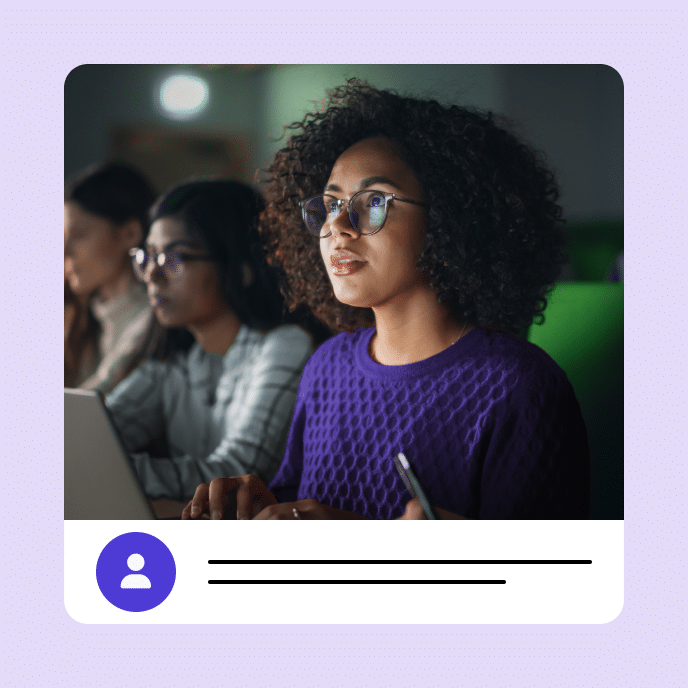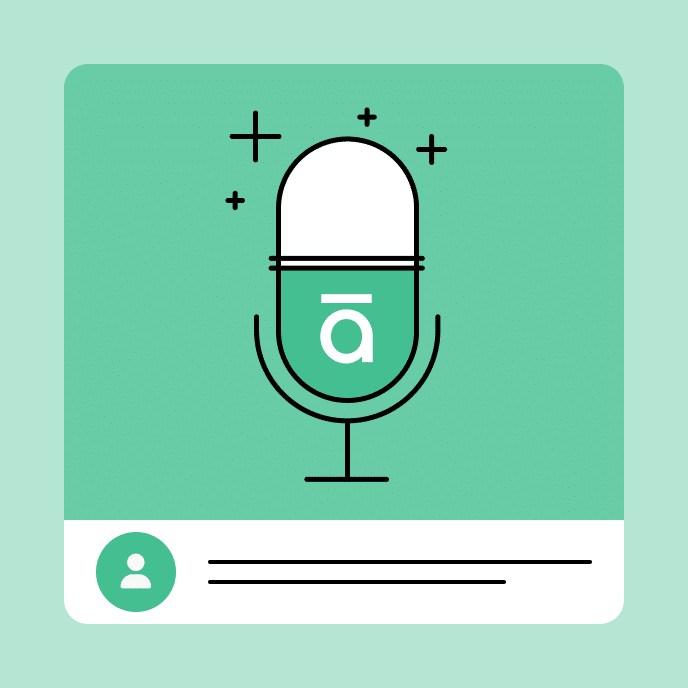How to Help Your Clients Build Better E‑Learning
Here are some tips to help your client understand how to start building effective e‑learning and get past the simple click and read courses.

Is click-and-read e-learning effective?
One frustration I’ve had when building e-learning courses is getting the client to understand what makes an effective course. People tend to ask for what they’re used to seeing. And since many experience e-learning as click-and-read content they tend to ask for that type of course, which for an e-learning developer isn’t exciting.
There are many times when a click-and-read approach is appropriate. So, this isn’t a rant against click-and-read courses. However, there are also plenty of times, where a click-and-read course isn’t the best solution. In those cases, it can be a challenge getting your clients to see past what they’re used to and consider a different approach that better meets to goals.
What does the client expect as an outcome?
All courses aren’t the same. There are many that are more like certification courses that are annual reminders of company policies or regulatory requirements. In that world, there’s no real performance expectation other than compliance and the desired outcome is to have a record of course completion at the end of the year.
That’s different from a course where the client expects real changes in performance such as improved production or increased sales. In those courses, there’s some desired area of improvement that’s been identified and ideally training offers some benefit to meeting that improvement.
Allocate resources appropriately
If you’re building simple compliance training, don’t overbuild the course and waste time with superfluous interactivity and other media which can take more time and cost more money. Build the simplest course that conveys the compliance information effectively and meets the needs of the organization.
If you’re building courses to change behavior, don’t get stuck in a click-and-read rut because it’s easy. Build the appropriate learning experience to meet the goals. This usually involves a lot more analysis and commitment. Effective performance-based e-learning takes more time to build and costs more to produce. With limited resources, you don’t want the resources consumed by simpler compliance training and not have them available for more expensive development when required.
Align course objectives to the appropriate metrics
Once you understand the desired outcomes you can collect the metrics to prove course success. Compliance training is easier because the requirement is mostly to track and report course completion by a specified date. Let’s face it, you’re not building ethics training where 75% of the company is unethical and after the training it’s down to only 10%. You’re reminding people about ethics and company standards.
Performance-based objectives are a bit more challenging. The organization has a desired objective, and they have some way of measuring whether it’s currently met or not. That is good because that provides the basis for clear metrics to help determine if the training is successful.
However, the reality is that training may only be part of what changes behavior and meets those performance objectives. There are other things that have an impact on success that are outside of training such as access to resources, environmental issues, and personal motivation.
You’ll need to work with the client to determine what the course can impact and how you can measure it to report success.
That’s quick overview. Obviously, there’s a lot more to it than that. But if you’re building courses, don’t just start with the easy click-and-read. Work with the client to understand their goals and then build the course that best meets them.
You may also like

Translation vs. Localization: What’s the Difference?
Compare the difference between translation vs. localization and find out how to choose the best approach for your global workforce training needs.

